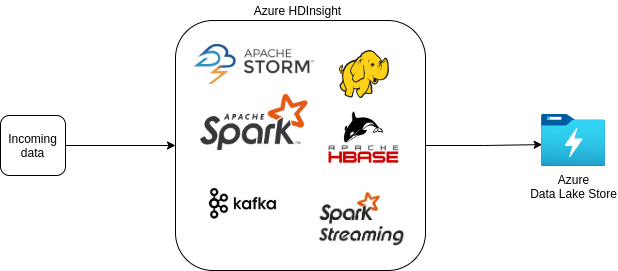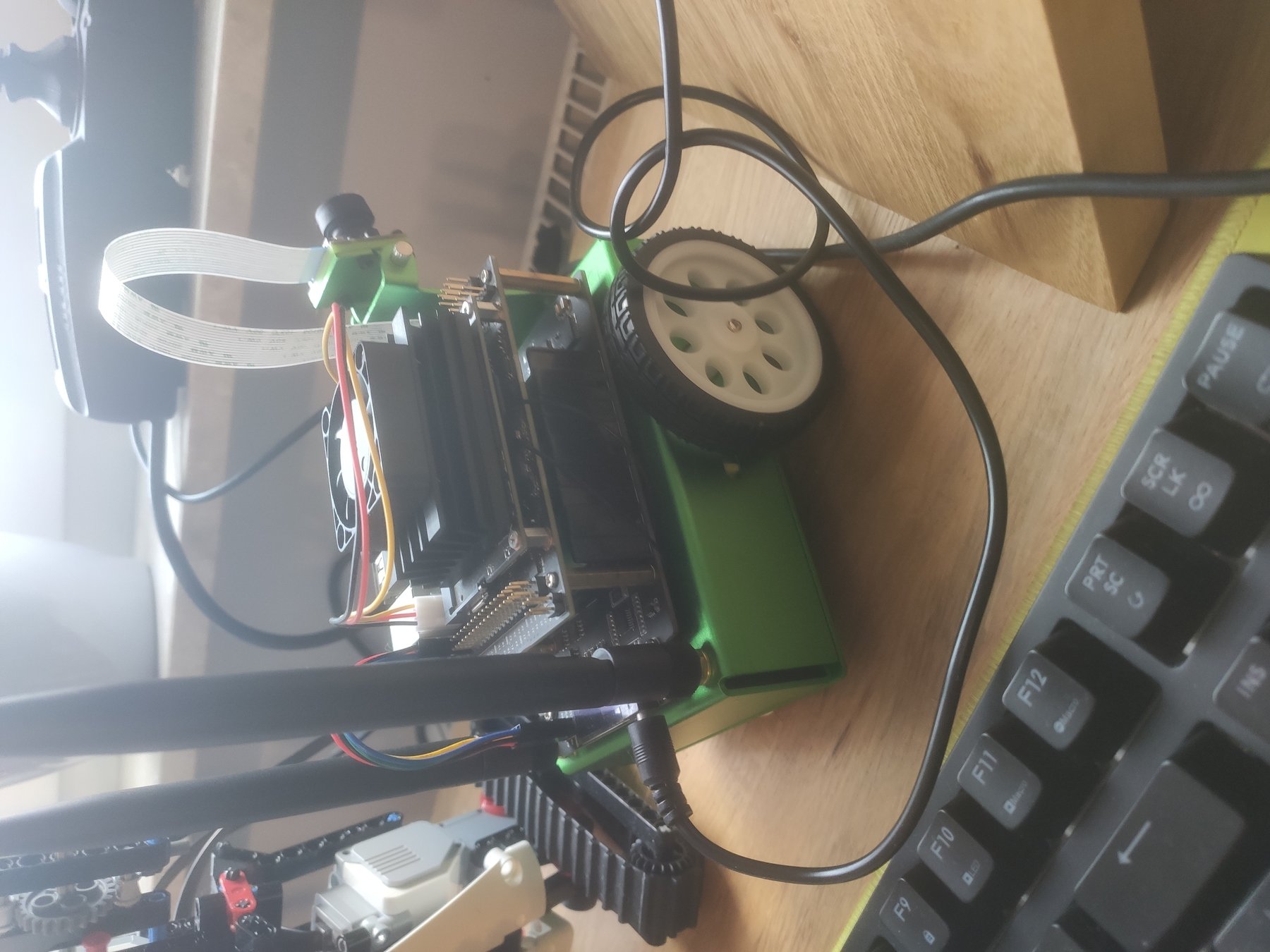OPC UA Server
Integration
Agenda
- Fetching data from OPC UA
- Location of OPC UA Client
- Cloud event ingestion pipeline
Fetching data from OPC UA
Subscription-based approach

Fetching data from OPC UA
Subscription-based approach
Pros:
- No unnecessary calls to OPC UA Server
- Instant granular updates exactly when variable changes
Cons:
- More complex architecture and need for aggregation of single variable updates to project state of the system
- Need to maintain state of the system locally as a part of client
- Needs failover scenario
Fetching data from OPC UA
Subscription-based approach with incremental updates

Fetching data from OPC UA
Subscription-based approach with incremental updates
Pros:
- No unnecessary calls to OPC UA Server
- Instant granular updates exactly when variable changes
- Simple implementation of OPC UA Client
Cons:
- More complex processing architecture on the backend
- Needs failover scenario
Fetching data from OPC UA
Periodic fetch approach

Fetching data from OPC UA
Periodic fetch approach
Pros:
- Simpler architecture
- No need to maintain local state as part of the OPC UA Client
Cons:
- Unnecessary calls to OPC UA Server when no changes are observed
- Needs failover scenario
Placement of OPC UA Client
Co-located with AGV and OPC UA Server

Placement of OPC UA Client
Co-located with AGV and OPC UA Server
Pros:
- Lower latency between OPC UA Server/Client
- Better resilience to outages in Internet connection
Cons:
- More complex architecture at the edge
- More challening maintenance of OPC UA Client at the edge
- Need to create multiple clients if there are AGVs that are not co-located
Placement of OPC UA Client
Located in Cloud environment

Placement of OPC UA Client
Located in Cloud environment
Pros:
- Simpler architecture
- Can support data ingestion from multiple OPC UA Servers
Cons:
- Higher communication latency between OPC UA Server/Client
- Less resilience to Internet connection outages
Ingestion pipeline
IoT-hub based - managed services

Ingestion pipeline
IoT-hub based - managed services
Pros:
- Managed Services
- Elasticity due to additional data store
- Ability to extend via Stream Analytics
Cons:
- Lock-in to Azure-specific services
- Potential limitations of Azure-specific services
Ingestion pipeline
Simplified - managed services

Ingestion pipeline
Simplified - managed services
Pros:
- Managed Services
- Simplicity
- Possibility to extend by evolving architecture
Cons:
- Lock-in to Azure-specific services
- Potential limitations of Azure-specific services
- It is recommended by Microsoft to use IoT Hub
Ingestion pipeline
HDInsight-based - self-managed services

Ingestion pipeline
HDInsight-based - self-managed services
Pros:
- Elasticity and support for multiple tools
- Extensibility
- Lack of lock-in to Azure-specific tools
- Can still take advantage of Azure IoT Hub
Cons:
- Increased maintenance - lack of Azure-managed services
- Longer time to implement
Potential format of data
- JSON
- CSV
- Apache Parquet (Column-oriented)
Potential shape of data
granular updates to specific variables
{
"timestamp": "1588173179673",
"iso_timestamp": "2020-04-29T15:12:59.673Z",
"AGV_EagleOne.6000.[BS] BRAKES SIGNALS.Brake 1 - permission release": false
}Potential shape of data
full state of the system at each event
{
"timestamp": "1588173179673",
"iso_timestamp": "2020-04-29T15:12:59.673Z",
"AGV_EagleOne.6000.[BS] BRAKES SIGNALS.Brake 1 - permission release": false,
"AGV_EagleOne.6000.[BS] BRAKES SIGNALS.Brake 1 - automatic safety release": true,
"AGV_EagleOne.6000.[BS] BRAKES SIGNALS.Brake 1 - manual safety release": false,
...
}Jetson Jetbot

OPC UA Server integration
By progressive
OPC UA Server integration
- 312



